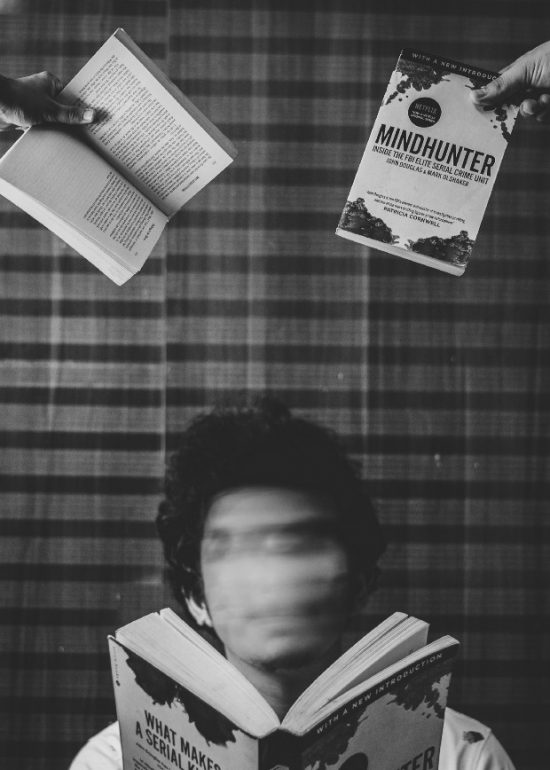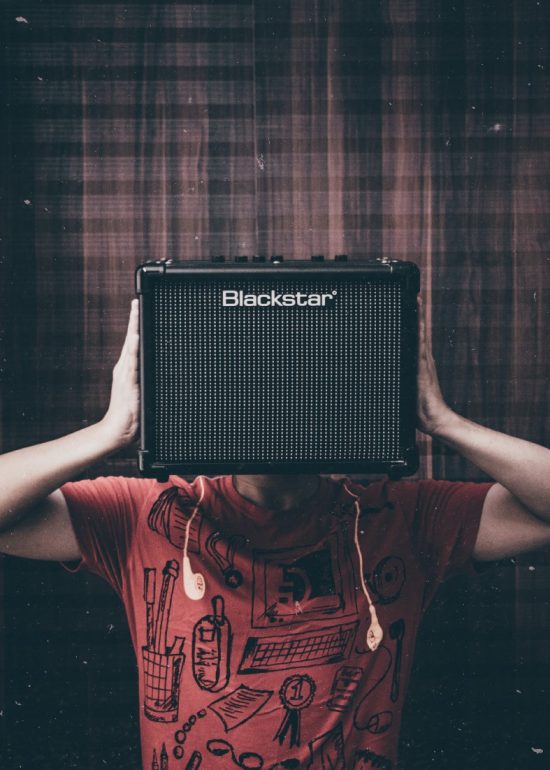Reflections from my looking glass

‘Self-portrait’ is an art-form where an artist self-consciously and self-critically explores their relationship with the medium in which they portray themselves. It gives us access to otherwise inaccessible and unexpected features of our own appearance in new and creatively significant ways. It requires not just self-examination but a presentation of the self to itself.
A self-portrait is an attempt to place oneself into a more objective position towards oneself. It stimulates the “observing self” — that part of you that can step back to look at your identity objectively. It might serve as an experiment in understanding how others see you, or as a bridge between their perceptions and your own self-concept. It might be an attempt to correlate your inner perceptions with outer documentation. It can be a source to objectify emotions so that you can more clearly witness and control them, rather than be controlled by them. In all cases, creating a self-portrait is the construction of a tangible, external representation of you. It gives concrete shape to feelings and experiences of self that previously seemed ambiguous, inaccessible, or unknown to the photographer, you.
My self-portraits are simply a visual representation of my attempts to find synthesis within my own world, a world that has taken shape during this lockdown, a world of finding meaning in the mundane. I feel books, music, and photography are the only things that have kept me sane during these testing times. No matter what’s going on, with them, I feel I still have something to rely on. They are like my meditation. They clear my head, heal my heart, and lift my spirits. They enable me to lose myself within myself, I become empty and full all at once, and I can feel the whole earth rolling around me.
While posing for a self-portrait, you present the authorial control typical of a portrait artist and at the same time the uncooperative posture of a subject who is reluctant to be portrayed, because you are composing the shot and quickly running to be in the composition before the shutter is released. You perform yourself as a controlling artist and as an uncontrollable subject. The subject who refused to be portrayed is also the artist who seeks to secure a portrayal.
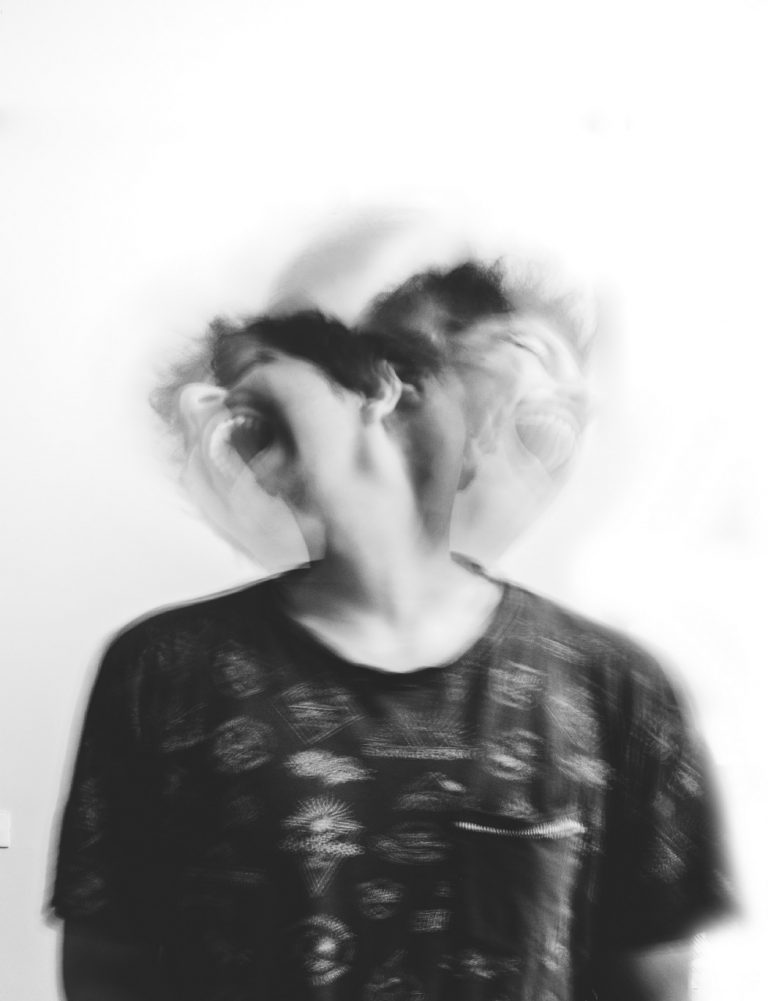
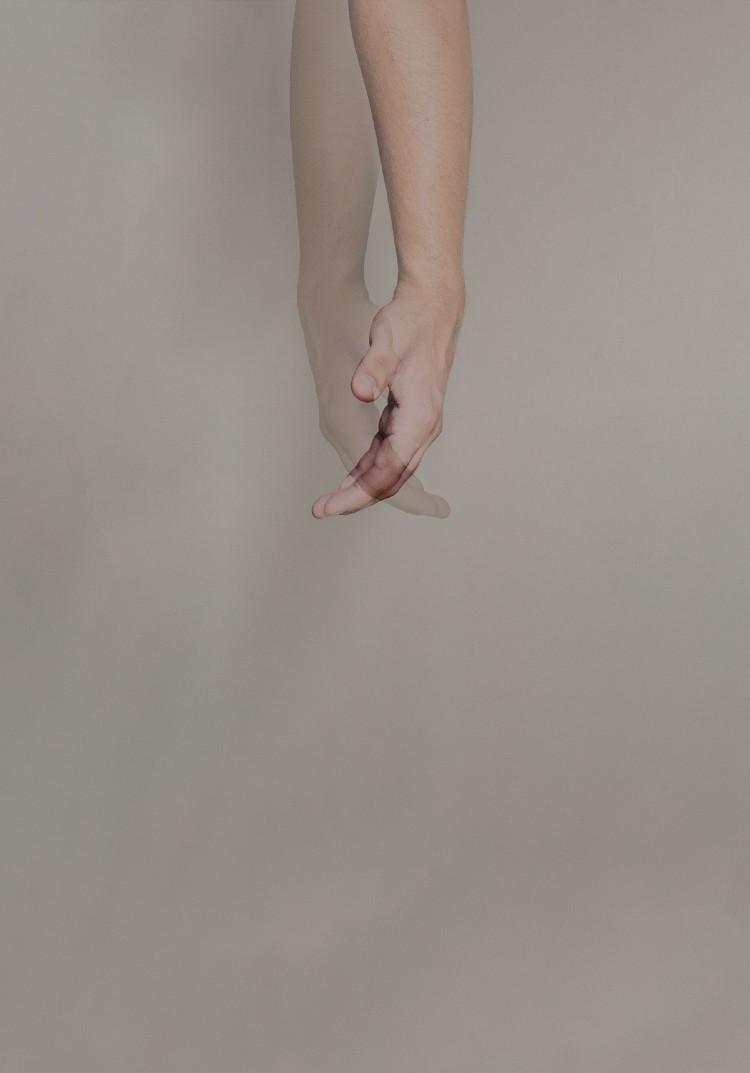
Self-portraits provide a chance for the subject to have a visible organic relationship to the picture as the posture is being simultaneously created, conducted, and controlled by the poser. The subject is posing for the subject, and the results, rather than narcissistic, are holistic. The motive for me to practice this exercise of documenting my self-portraits stems from an attempt to deepen self-knowledge by expressing some psychological truths about myself.
This self-portrait shot is a representation of psychological invisibility. It is a visual representation of times where you had an incredible presence, but there was a way in which you were sometimes seen and not seen at the same time. This shot can also be considered as a representation of infernal loneliness. Being lonely and being alone are completely different. You can be sitting alone in your room and feel not lonely but you can also be surrounded by a number of friends, and continuously find yourself being lonely. Lauv has done a pretty good job of explaining this condition through his song ‘Modern Loneliness’. How did you interpret this shot?
I like the idea of ‘hidden identity’ in my self-portraits. I think this is the best approach when exploring identity. When an artist decides to hide their appearance, the viewer gets a chance not to only try and understand the emotion of the subject (the artist) but also relate to their own identity. Most viewers would see the emotion that relates to them on a personal level. With self-portraits, the photographer does not just try to explore their identity, but also in some way represent the viewer’s identity.
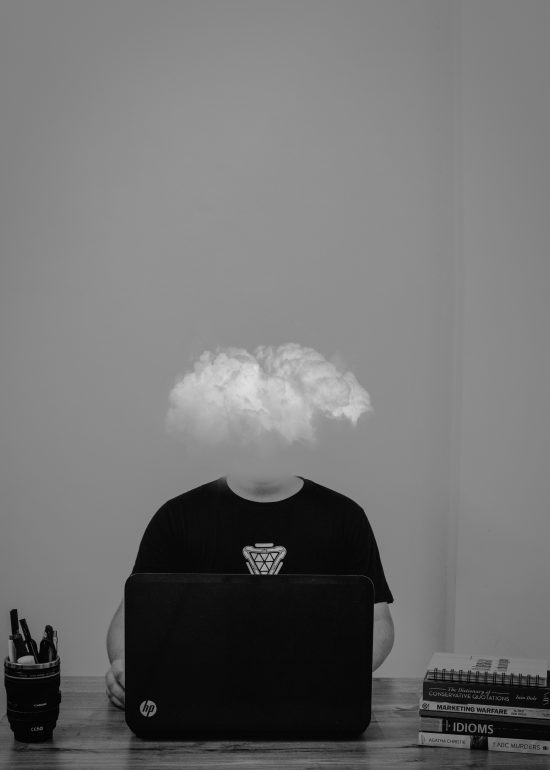
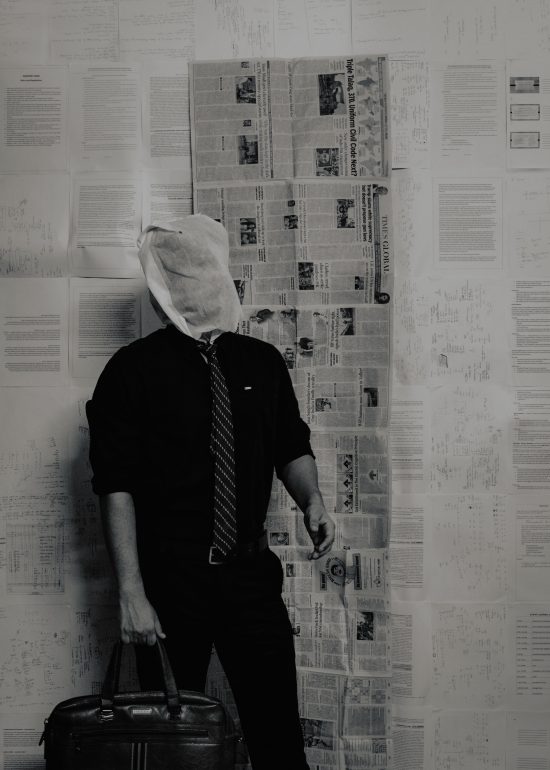
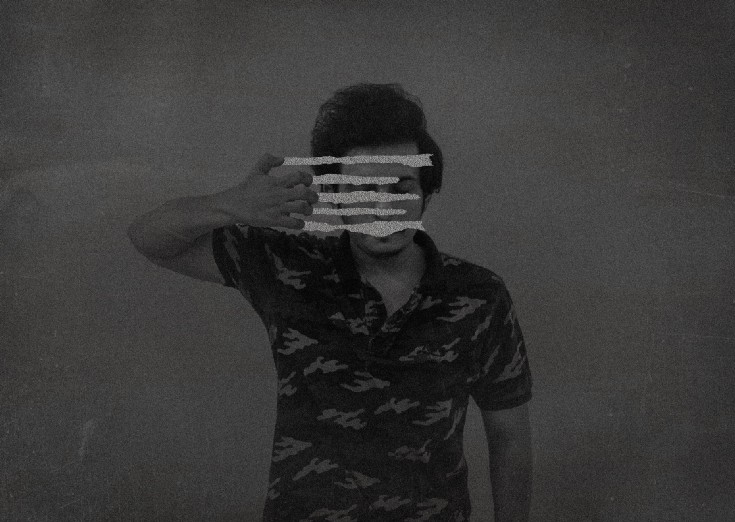
This self-reflective process of creating self-portraits has been fundamentally a psychological and existential journey. I’ve had the privilege of being an outsider (me, as a photographer) allowed on the inside (of me, the subject), searching for meaning, and myself. During this process, I learned, we’re not always sure where we’re headed. We’re not sure what we’re becoming in our photos. It can be a slow, complicated process with unexpected twists and turns. In that sense, it’s a lot like life.
